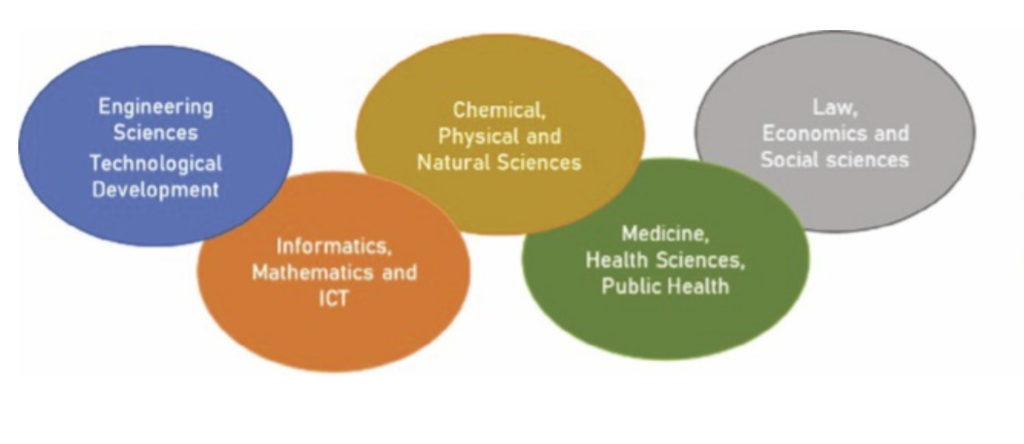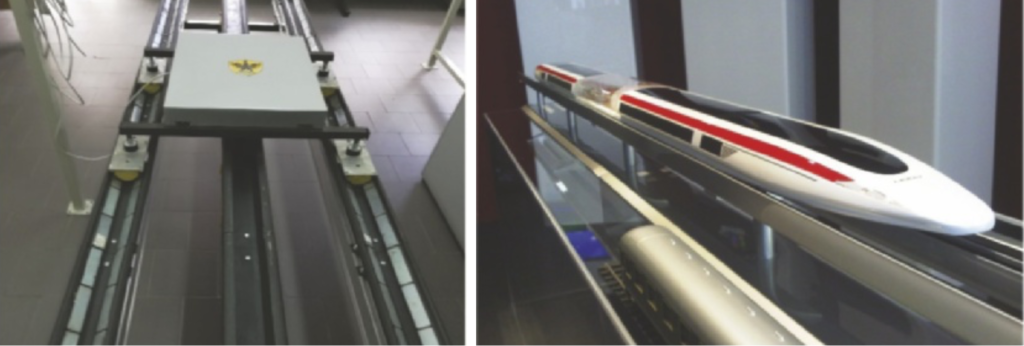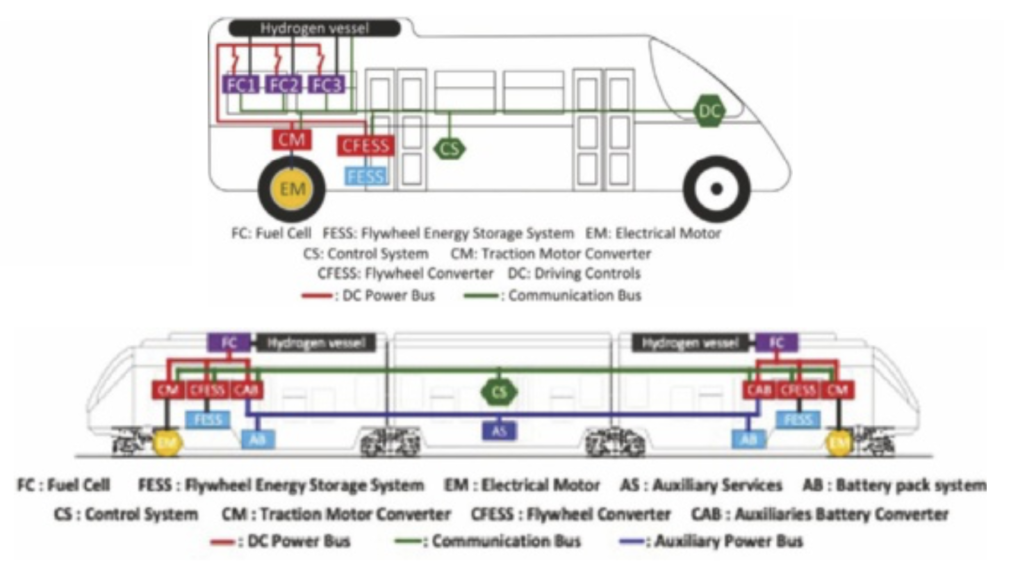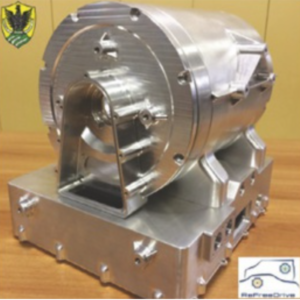The topic of sustainable mobility has become a heritage of the sensitivity acquired in recent times by public opinion and is almost unanimously considered central to the processes of territorial and especially urban development.
Complexity is inherent in the concept of sustainability to be understood as a volume of overlapping among environmental, social and economic spheres. It is necessary to be aware that moving people or goods in space is an articulated and complex function since it implies the involvement of users’ needs with acquired behaviors, territorial assets, different transport systems, technological devices, physical and regulatory constraints, etc.

The transportation sector in particular and the mobility sector in general have a large impact on health and human life, so anything that improves people’s health and protects human life should be counted among the sustainable initiatives. From this point of view, the sustainable mobility can only be analyzed following the logic of complexity through a systemic and multidisciplinary approach based on an adequate level of knowledge, analytical and numerical studies, simulation models for the critical evaluation of all effects.
The Research center
With the intent to contribute to addressing the complex issue mentioned above, in 2019 the University of L’Aquila has established the Interdepartmental Research Center for Transport and Sustainable Mobility (CITraMS) which involves the 7 Departments of the University, public Bodies, transport Companies and sever- al national and international ex- perts in the field of transportation. The Abruzzo Region and TUA, the Unique Abruzzo Public Transport Company, have joined this initiative that is unique in the Italian panorama.

The Center was therefore born with a high both territorial and international vocation and with a transversal scientific approach involving several fields such as engineering, computer science, mathematics, physics, chemistry, medical-neuroscientific science and humanistic disciplines, as illustrated in the Fig 1.
Themes and objectives
CITraMS promotes and coordinates interdisciplinary research, technology transfer and dissemination activities in the transportation (passenger and freight) and sustainable mobility sectors, with particular regard to:
• Planning of transport infrastructures and related socio-economic and management aspects
• Theoretical analysis and modeling of demand, transport supply and their
interaction

• Advanced transport systems and technological innovation of their components
• Innovative propulsion systems with low impact and technological innovation of their components
• Interaction between transportation, physical/social environment, education,
health, disability and aging.
The main objectives of the CITraMS are focused on:
• Promoting and disseminating the culture of sustainable mobility and knowledge in the field of transport in several contexts
• Promoting the interdisciplinary nature of the issues of analysis, the proposition
and experimentation connected to the different transport systems and methods and to their social, economic and environmental impacts
• Triggering partnership processes between universities, research centers, public bodies

and companies in support of strategic sector research
• Fostering processes and socio-economic dynamics aimed to generating innovative entrepreneurship in the local, national and international context
• Supporting the technology transfer process in the sector
• Promoting agreements and promoting relationships with public bodies and companies to generate direct and indirect attractiveness and investments
• Developing national and international cooperation networks
New technologies for free emissions transportation systems
CITraMS pays great attention to research activities focused on the development and applications of new technologies for emission-free mass transit systems.

Listed below are some of the research and technology development activities that CITraMS members lead in the field of free emissions transportation systems:
a) Magnetic levitation transport system with high temperature superconducting suspension (Fig. 2)
b) Rail (Fig. 3a) and road (Fig. 3b) vehicles with emission-free energy cycle powered by hydrogen Fuel Cell and Flywheel Energy Storage System (FESS) power unit
c) Power-trains for full electric vehicles (Fig. 4)
d) Innovative propulsion systems design, testing, optimization and control (Fig.5).
(by Gino d’Ovidio, director of CITraMS)

